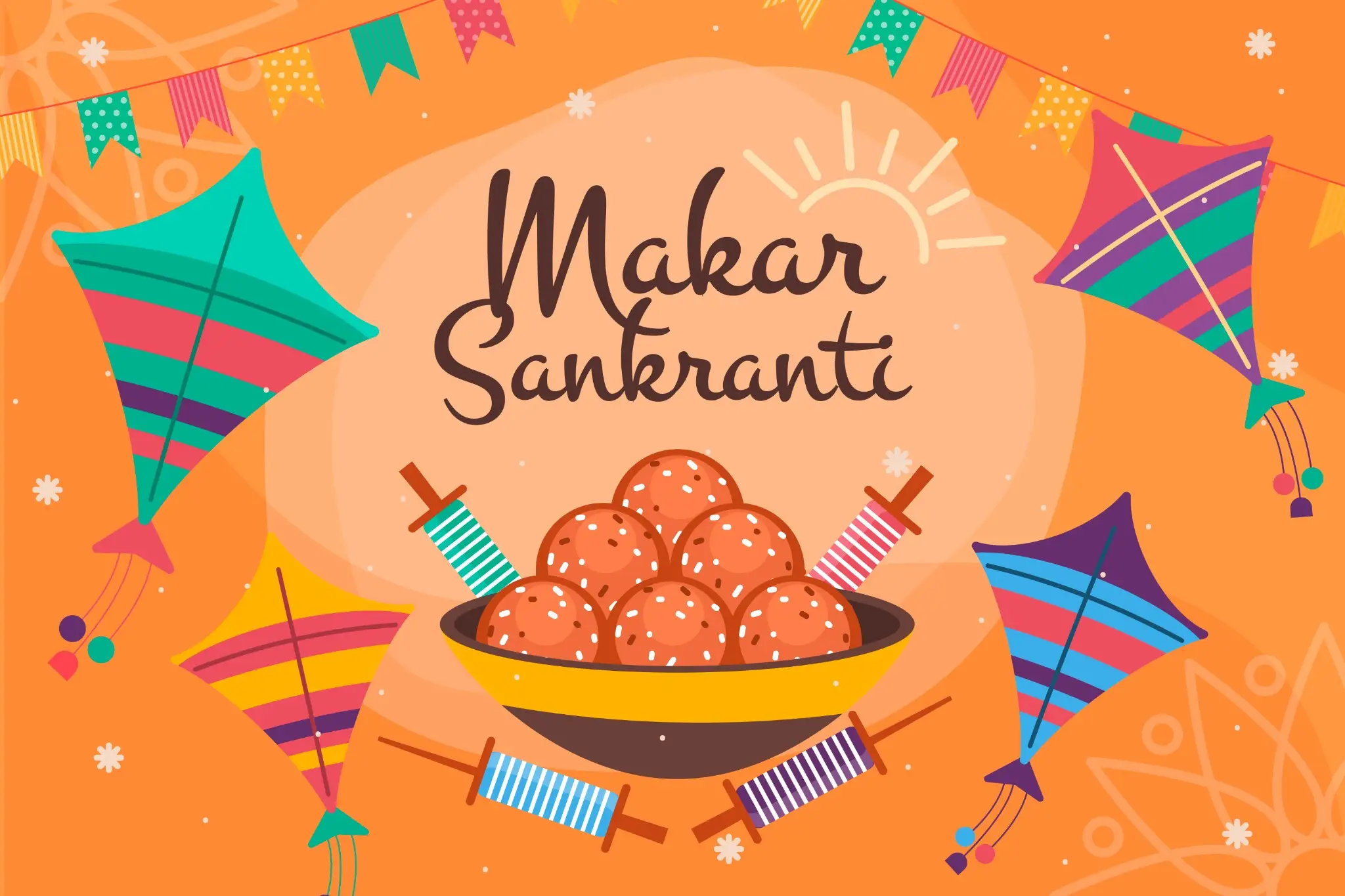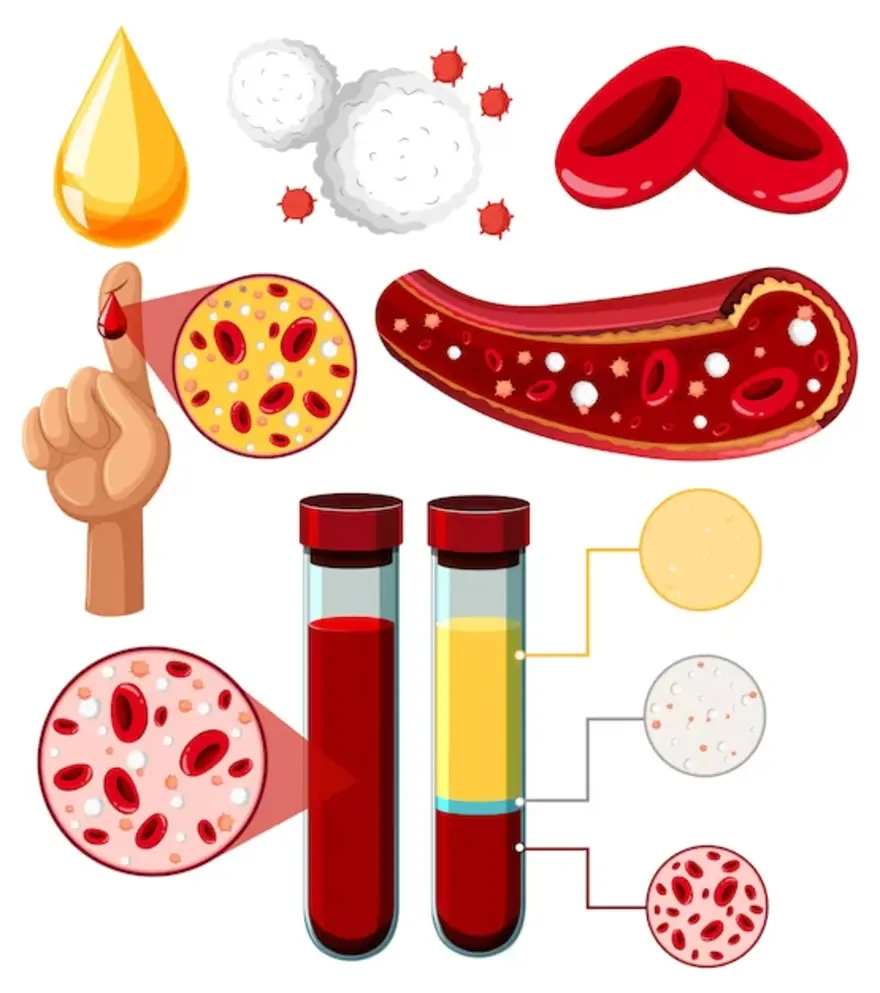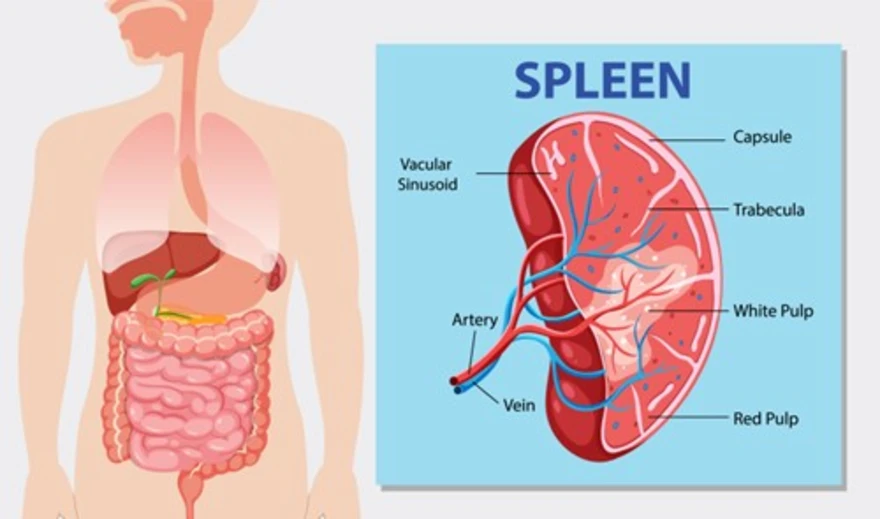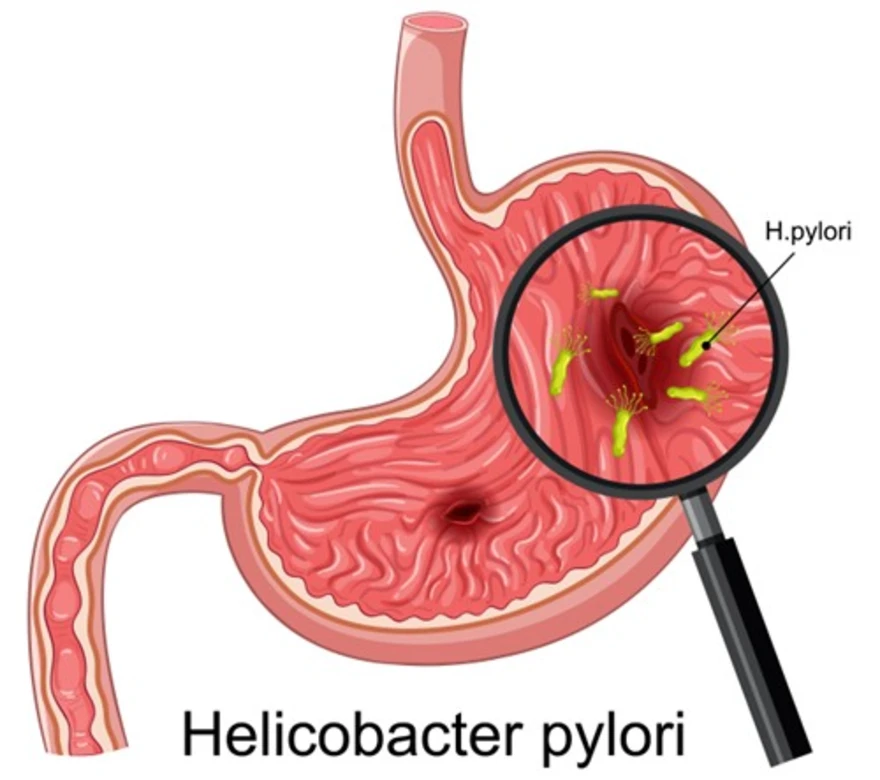Preventive Healthcare
Managing Cholecystitis: Symptoms, Causes, Treatment & Types

Table of Contents
- What is Cholecystitis?
- What are the Different Types of Cholecystitis?
- What are the Signs and Symptoms of Cholecystitis?
- What is the Main Cause of Cholecystitis?
- What Else Can Cause Gallbladder Inflammation?
- What are the Risk Factors for Getting Cholecystitis?
- How Serious is Cholecystitis?
- What are the Complications of Cholecystitis?
- How is Cholecystitis Diagnosed?
- Will Cholecystitis Go Away?
- What are the Treatment Options for Cholecystitis?
- What is the Outlook If You Have Cholecystitis?
- Conclusion
Cholecystitis, inflammation of the gallbladder, poses significant health concerns due to its potential complications. From acute attacks to chronic conditions, understanding the cholecystitis causes, symptoms, and prognosis is crucial for effective management. This article explores essential insights into cholecystitis, covering its diagnosis, treatment options, and the outlook for individuals affected by this condition.
What is Cholecystitis?
Cholecystitis is inflammation in the gallbladder, an organ in the upper right abdomen. The gallbladder plays a role in storing and distributing bile through the bile ducts. If a gallstone becomes lodged in the bile duct, it obstructs the flow of bile, leading to a backup into the gallbladder. This blockage can result in swelling, pain, and various complications.
What are the Different Types of Cholecystitis?
Cholecystitis types can be classified based on the underlying cause and duration:
- Acute Cholecystitis: Characterised by sudden onset inflammation, often due to gallstones obstructing the cystic duct or impeding gallbladder emptying.
- Chronic Cholecystitis: A persistent inflammatory condition of the gallbladder, typically resulting from repeated episodes of acute cholecystitis or longstanding gallstones.
- Acalculous Cholecystitis: Occurs without gallstones and is associated with conditions like trauma, critical illness, or vascular diseases.
How Common is Cholecystitis?
Cholecystitis is relatively common, with varying prevalence rates depending on the population studied and the type of cholecystitis:
- Acute cholecystitis accounts for 3%–10% of all patients with abdominal pain.
- The highest incidence of cholecystitis is observed in individuals in their fourth decade of life, although it can occur across various age groups, including the very young and the elderly.
- The incidence of acute cholecystitis is approximately 6,300 per 100,000 individuals under 50 years old and 20,900 per 100,000 individuals over 50 years old.
- Acalculous cholecystitis has an incidence rate of 0.12% in the entire population, with 80% of cases occurring in male patients.
What are the Signs and Symptoms of Cholecystitis?
Cholecystitis manifests with the following signs and symptoms:
- Severe Abdominal Pain: Particularly in the upper right or centre of the abdomen
- Nausea and Vomiting: Often accompanied by episodes of vomiting
- Fever: Elevated body temperature due to inflammation
- Jaundice: Yellowing of the skin and eyes
- Tenderness in the Abdomen: The affected area may be sensitive to touch
- Changes in Bowel Movements: Such as dark urine or light-colored stools
What is the Main Cause of Cholecystitis?
The primary cause of cholecystitis is the obstruction of the cystic duct by gallstones. When gallstones block bile flow, it leads to inflammation and irritation of the gallbladder wall.
What Else Can Cause Gallbladder Inflammation?
Gallbladder inflammation can also be caused by:
- Bile Duct Blockage: Obstruction in the ducts that carry bile from the liver to the gallbladder.
- Tumours: Abnormal growths in the gallbladder or bile ducts.
- Infections: Inflammation may result from infections in the gallbladder.
What are the Risk Factors for Getting Cholecystitis?
Several risk factors increase the likelihood of developing cholecystitis. For instance:
- Gender: Women are more prone to gallstones and, subsequently, cholecystitis.
- Age: Cholecystitis is more common in people over 40.
- Obesity: Excess body weight is a risk factor for gallstones.
- Rapid Weight Loss: Quick shedding of pounds can lead to gallstone formation.
- Family History: A family history of gallstones also increases the risk.
How Serious is Cholecystitis?
Cholecystitis can be serious, especially if left untreated. It can lead to severe complications such as gallbladder rupture, which can result in a potentially life-threatening infection called peritonitis. Additionally, chronic cholecystitis can cause long-term discomfort and affect overall quality of life.
What are the Complications of Cholecystitis?
Complications of cholecystitis may include:
- Gallbladder Rupture: Can lead to peritonitis
- Gallstones: May cause blockage of the bile ducts, leading to jaundice or pancreatitis
- Empyema: Pus-filled gallbladder
- Gangrene: Tissue death in the gallbladder
- Chronic Cholecystitis: Persistent inflammation with recurrent episodes
How is Cholecystitis Diagnosed?
Cholecystitis diagnosis can be done through medical history, physical examination, and diagnostic tests. Common tests include
- Abdominal ultrasound, which can detect gallstones and signs of inflammation
- Blood tests like Liver Function Test (LFT), Complete Blood Count (CBC)
- Hepatobiliary Iminodiacetic Acid (HIDA) scan may be performed to assess gallbladder function and detect obstruction of the bile ducts.
Will Cholecystitis Go Away?
Cholecystitis typically requires medical intervention, and it may not resolve independently. Cholecystitis treatment often involves a combination of medication, dietary changes, and, in severe cases, surgical removal of the gallbladder (cholecystectomy). Without treatment, cholecystitis can lead to severe complications such as perforation of the gallbladder, bile duct injury, and hepatic injury, and may worsen over time.
What are the Treatment Options for Cholecystitis?
Cholecystitis treatment options depend on the severity of the condition and may include:
Medications
- Pain Relief: Over-the-counter or prescription pain medications to alleviate discomfort.
- Antibiotics: If there is evidence of infection, antibiotics may be prescribed.
Dietary Changes
- Low-Fat Diet: Limiting dietary fat can reduce the workload of the gallbladder.
- Avoiding Trigger Foods: Certain foods may exacerbate cholecystitis symptoms and should be avoided.
Endoscopic Treatment
- Endoscopic Retrograde Cholangiopancreatography (ERCP): This procedure can be used to remove gallstones from the bile ducts and relieve obstruction.
Percutaneous Drainage
- Draining Abscesses: In cases of gallbladder abscess, a percutaneous drainage procedure may be performed to remove pus and alleviate symptoms.
Surgery
Surgery, specifically cholecystectomy, is often the preferred treatment for cholecystitis, especially in cases of severe or recurrent inflammation. Cholecystectomy can be performed laparoscopically or via open surgery, with laparoscopic surgery being the preferred method due to its minimally invasive nature and faster recovery time.
What are the After-effects of Surgery for Cholecystitis?
After undergoing surgery for cholecystitis, patients may experience various after-effects, including:
- Diarrhoea: Some individuals may develop diarrhoea due to changes in bile flow after gallbladder removal.
- Flatulence: Increased gas production or changes in digestion can lead to flatulence following cholecystectomy.
- Short-term constipation: While less common, short-term constipation may occur as the body adjusts to changes in bile release.
What is the Outlook If You Have Cholecystitis?
The outlook for cholecystitis is generally good with appropriate treatment. The prognosis is excellent for patients with uncomplicated acute cholecystitis, with very low mortality rates. Most people with cholecystitis recover well after receiving treatment, which often involves cholecystectomy (surgical removal of the gallbladder). However, older age can be a poor prognostic factor, with mortality rates ranging from 5% to 10% for individuals over 60 years old with severe conditions.
Conclusion
Cholecystitis, whether acute or chronic, responds well to timely medical interventions like cholecystectomy, offering a positive outlook for patients. However, older individuals and those with serious conditions may face slightly higher risks, emphasising the need for prompt diagnosis and tailored management. Regular follow-up with healthcare providers is vital to monitor recovery and prevent complications. Metropolis Labs provides convenient and accurate blood testing services, ensuring accessibility through at-home visits and online reporting via their TruHealth app. While excelling in pathology services, Metropolis Labs does not offer radiology, consultation, or surgical services. Visit Metropolis Labs today for trusted healthcare solutions.


























